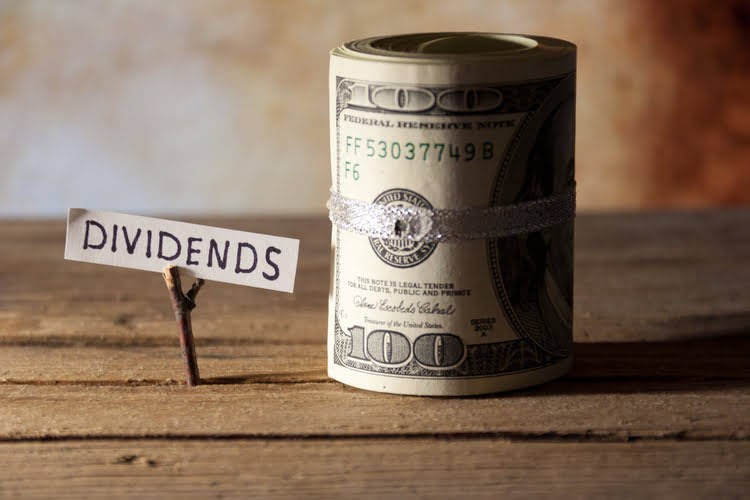
Over time, the accumulated depreciation balance will continue to increase as more depreciation is added to it, until such time as it equals the original cost of the asset. At that time, real estate cash flow stop recording any depreciation expense, since the cost of the asset has now been reduced to zero. To record the depreciation journal entry, the first step is to debit the depreciation expense account for the amount of the depreciation. The second step is to credit the accumulated depreciation account for the same amount.
Depreciation on Equipment Journal Entry

Whether you maintain the provision for depreciation/accumulated depreciation account determines how to do the journal entry for depreciation. The next step is to compute the annual depreciation expense of each fixed asset. You can compute manually by applying the method of your choosing, then go to Step 3 for the journal entry. Other methods, like double-declining balance or units of production, use different formulas tailored to how the asset’s value decreases over time or how it’s used. Each method helps match the expense to the asset’s usage or benefit during the accounting period.
Double-declining depreciation example
Recording these entries requires a double-entry accounting system so that the assets and liabilities are always in balance. Depreciation is the gradual charging to expense of an asset’s cost over its expected useful life. Depreciation is an accounting mechanism used to spread the cost of an asset over its useful life. The journal entry to record depreciation includes a debit to the depreciation expense account and a credit to the accumulated depreciation account. A reduction in the value of tangible fixed assets due to normal usage, wear and tear, new technology or unfavourable market conditions is called Depreciation.

Impact of depreciation on financial statements
Moreover, our comprehensive guide on depreciation shows the process of depreciation accounting, an overview of popular methods, and a discussion of tax depreciation. It is also possible to deduct the accumulated depreciation from the asset’s cost and show the balance on the balance sheet. Discover how you can transform your fixed asset management processes with NetAsset. Accounting for depreciation provides an accurate picture of a company’s financial status by aligning the cost of an asset with the periods in which it generates revenue. Let’s look at the different methods of calculating depreciation and how they impact your journal entries.
- Discover how you can transform your fixed asset management processes with NetAsset.
- This is done because assets lose value over time due to wear and tear, obsolescence, and other factors.
- Sometimes referred to as PPE (Property, Plant & Equipment), they are physical items held for use to operate a business.
- Depreciation is an essential part of the accounting process and helps to provide an accurate assessment of a company’s financial health.
- The double-declining balance method spreads out depreciation more heavily in the earlier years of an asset’s life.
- In accounting, depreciation is an expense account to record the allocation of the cost of fixed assets or non-current assets over the useful life or life expectancy of the assets.
How To Record a Depreciation Journal Entry in 4 Easy Steps
An advantage of using a depreciation worksheet is that it can serve as the basis for the depreciation journal entry. So that when someone audits the books, they’ll see how you arrived at depreciation charges. But that would only matter if you have significant amounts of depreciation charges. Depreciation expense is a non-cash expense that reduces the value of an asset over its useful life.

The revised calculations would then be reflected in the subsequent journal entries. A depreciation expense is the total amount deducted each period from normal balance the asset’s value. This helps match the expense of using an asset with the revenue it helps generate.
- Let’s assume that a piece of machinery worth 100,000 was purchased on April 1st 2023, with a scrap value of nil and a depreciation rate of 10% (straight-line method).
- Depreciation solves this by spreading the cost of the asset over its useful life.
- Every country’s regulatory bodies determine how furniture and fittings are depreciated.
- NetAsset empowers accountants with the tools they need to streamline workflows so they can focus on strategic initiatives.
The amount of the depreciation should be the same each period unless the estimated useful life of the asset changes. Additionally, the amount should be consistent with the depreciation method used for the asset. The purpose of the journal entry for depreciation is to achieve the matching principle. In each accounting period, part of the cost of certain assets (equipment, building, vehicle, etc.) will be moved from the balance sheet to depreciation expense on the income statement. The goal is to match the cost of the asset to the revenues in the accounting periods in which the asset is being used.
A Comprehensive Guide to Depreciation Journal Entry in Accounting
Depreciation expense appears on the Statement of Cash Flow prepared using the indirect method as a positive adjustment to net income to arrive at operating cash flows. Each fixed asset unit should have a separate Accumulated Depreciation account. In our example, we have two espresso machines, but the depreciation of each machine is presented in only one account. The total annual depreciation expense should be $670 ($110 + $120 + $100 + $40 + $300).
Is depreciation a debit or credit entry?
As a contra-asset account, it offsets the cost of an asset on the balance sheet, showing its reduced book value rather than its original purchase price. This allows businesses to track the net value of their assets over time and which of these are parts of the journal entry to record depreciation? make informed financial decisions regarding asset replacement, maintenance, or disposal. Depreciation is when an asset loses value over time due to wear and tear or use. Instead of recording the full cost of an asset upfront, you spread the cost over its useful life. This prevents a big financial hit in a single year and instead records a portion of the cost each year as depreciation expense.